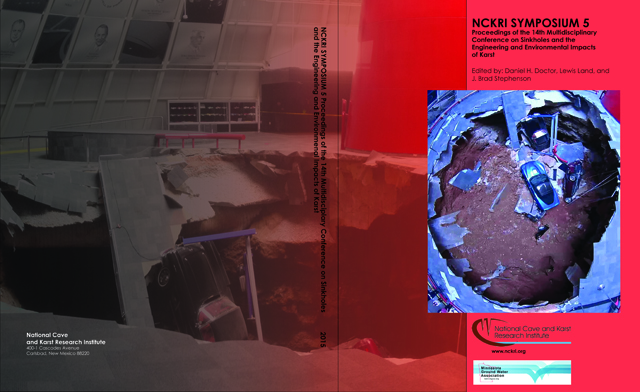Abstract
Past spring inventories have covered certain parts of Minnesota reasonably well, notably, the springs of the Minneapolis-St. Paul metropolitan area and the southeastern Minnesota karst. But hitherto, there has not been a systematic effort to create a uniform statewide inventory. The first step, before hunting down new springs, was to compile existing data and the most fruitful source of hydrological legacy data for the Minnesota spring inventory was the DNR Fisheries files. Once entered into a GIS-capable database, these spring locations can help “seed the ground” so that when crews finally do take to the field to map more springs, they will have known examples to work from. Good baseline and time-series data should also help evaluate the impact of climate change and land use changes on Minnesota’s springs over time.
Rights Information

This work is licensed under a Creative Commons Attribution-No Derivative Works 3.0 License.
DOI
http://dx.doi.org/10.5038/9780991000951.1074
Included in
Legacy Data in the Minnesota Spring Inventory
Past spring inventories have covered certain parts of Minnesota reasonably well, notably, the springs of the Minneapolis-St. Paul metropolitan area and the southeastern Minnesota karst. But hitherto, there has not been a systematic effort to create a uniform statewide inventory. The first step, before hunting down new springs, was to compile existing data and the most fruitful source of hydrological legacy data for the Minnesota spring inventory was the DNR Fisheries files. Once entered into a GIS-capable database, these spring locations can help “seed the ground” so that when crews finally do take to the field to map more springs, they will have known examples to work from. Good baseline and time-series data should also help evaluate the impact of climate change and land use changes on Minnesota’s springs over time.

